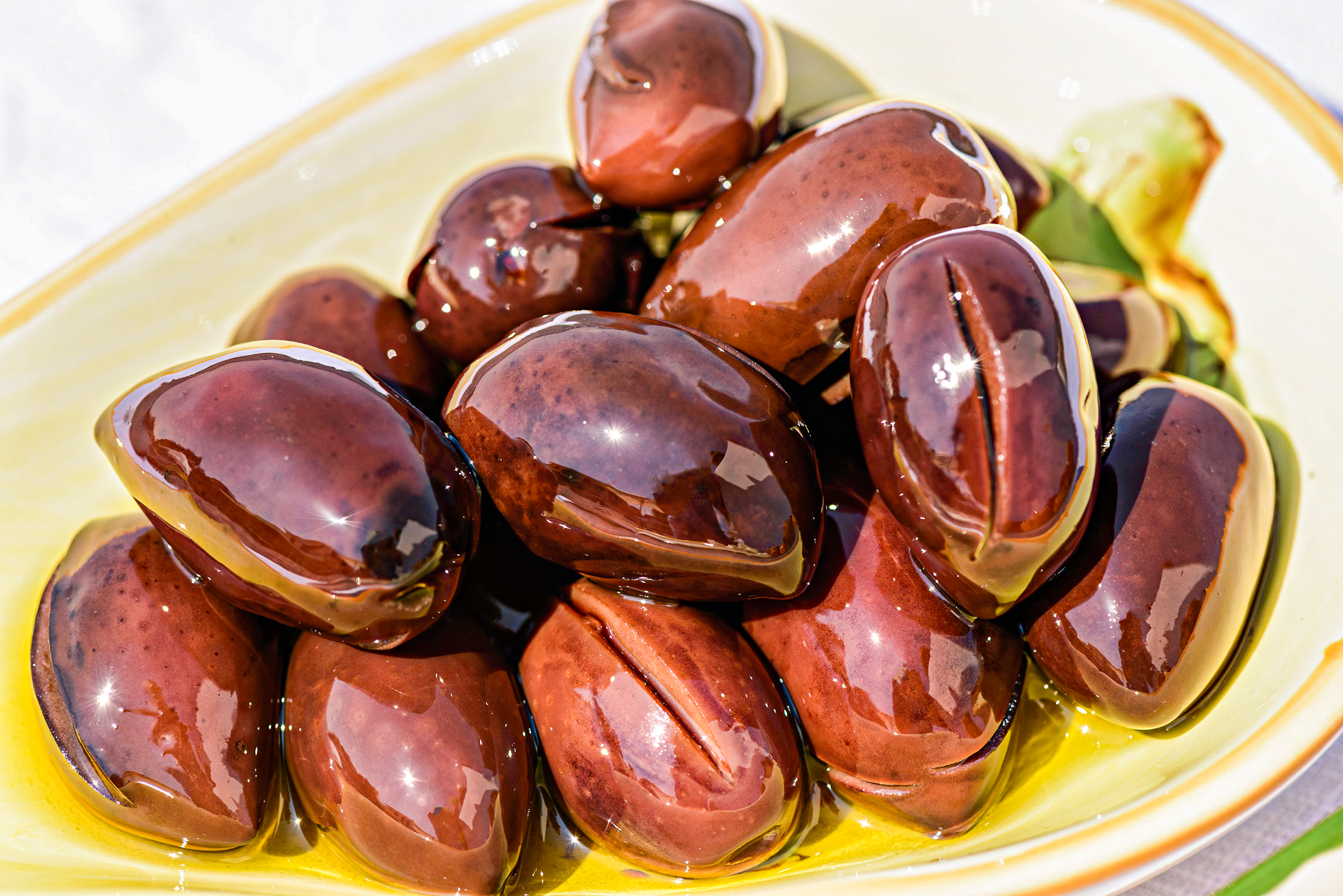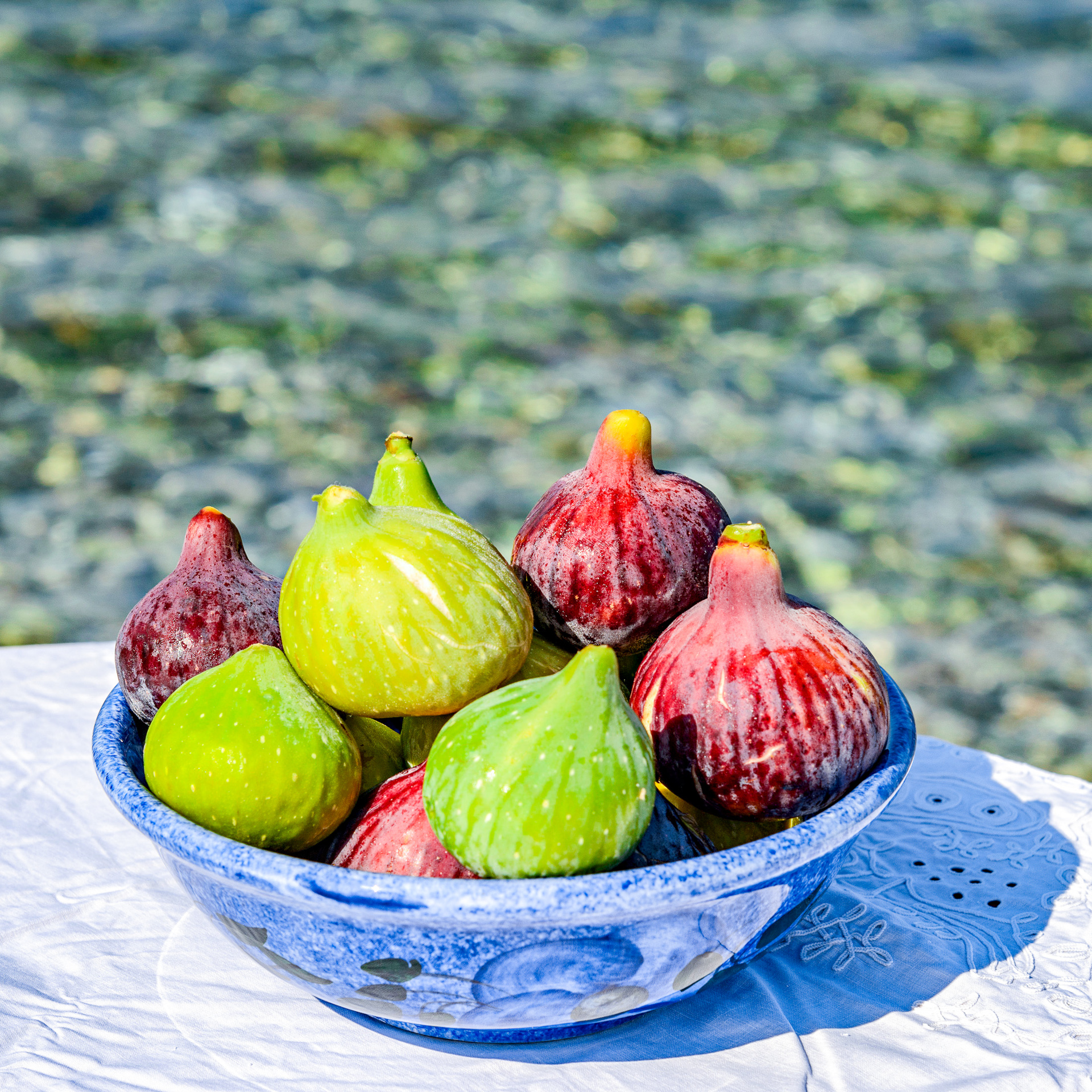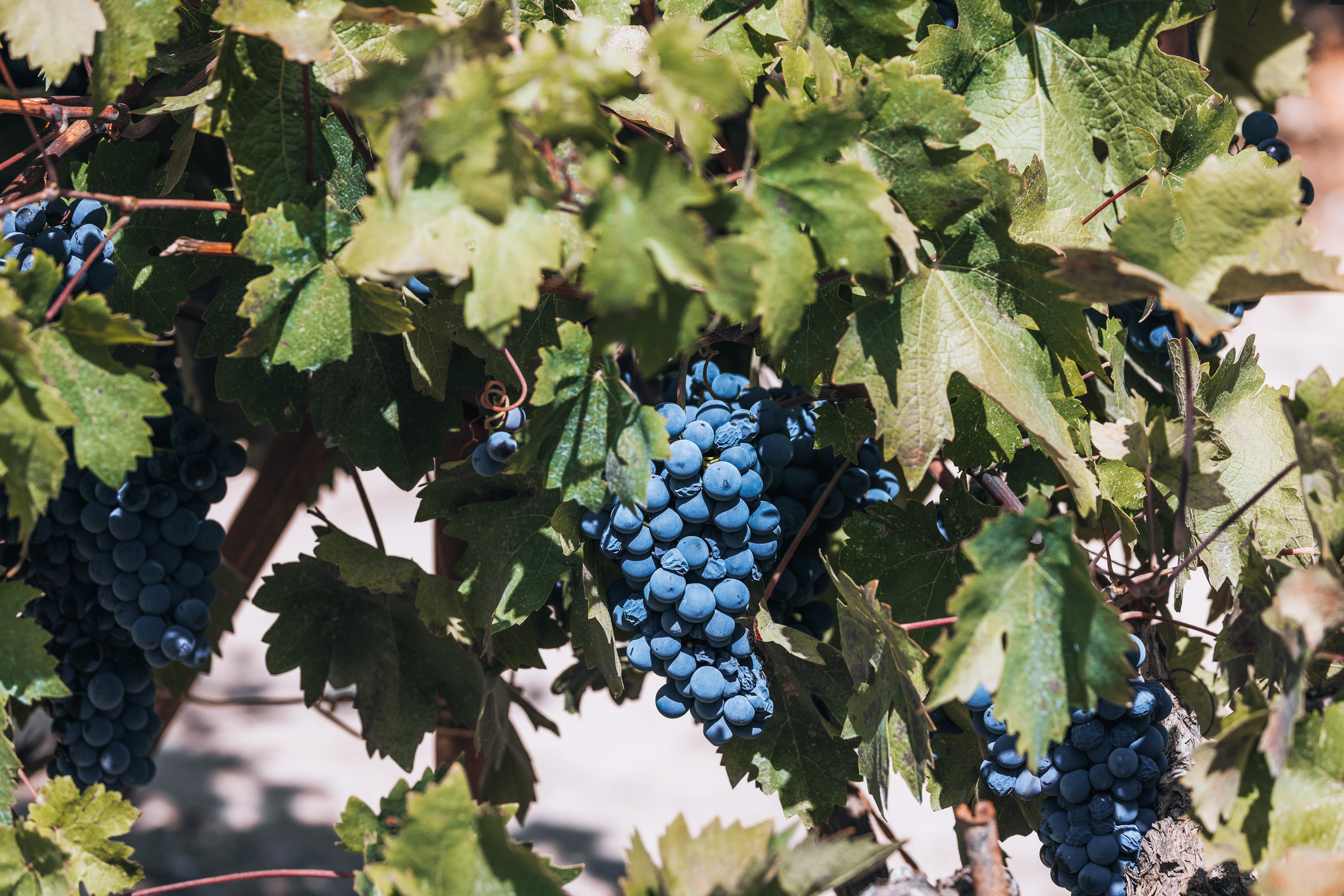Mountain activities in Corithia
Choose as your base a central point like Xylokastro, Stymfalia or Trikala.
The breathtaking - almost alpine - nature of mountainous Corinthia, decorated with the two mountain lakes and many picturesque villages, spreads over the slopes of Ziria (Kyllini), the second tallest mountain in Peloponnese, after Taygetus.
Mount Ziria is an ideal destination for hikers. Scenic trails of several kilometers, leading to the tops of the mountain, to other villages or to the green forests of the region, start from almost all the villages.
You must see:
- the Stymfalia Lake, this magnificent wetland, which is home to more than 143 bird species, some of which are rare. Enjoy a walk in the lakeside area and watch from the bird watchers the low flights of its winged inhabitants. If you are a trekking lover, follow the environmental paths that start from here to take you to landscapes of unique natural beauty.
- The ruins of the ancient town Stymfalos, on the north side of the lake.
- The impressive ruins of the Cistercian Zarakas Monastery, just outside the village, with a history dating back to 1236 and columns reminiscent of Gothic temples of the 13th century.
- The picturesque village of Kalianos, to enjoy a beautiful hike to the monastery of Agia Paraskevi, hidden in a ravine.
- Kionia and Kastania, with the natural beauty of chestnuts, walnuts, fir trees and plane trees.
- In Kato Trikala, the stone-built square with the perennial plane trees and the churches of Agios Dimitrios (1697) and Agios Ioannis (1853).
- In Mesaia, the church of the Transfiguration of the Savior (9th c.).
- In Ano Trikala, the mansion of Notaras and the house where Agios Gerasimos was born.
- The monastery of Agios Vlasios (17th c.), In a green environment.
- The valley of Flabouritsa, between the mountainous complexes of Megali and Mikri Ziria.
- The cave, where according to Mythology Hermes was born, on the west side of Flabouritsa, with remarkable stalagmites and stalactites.
- Feneos, a mountainous village built in a green environment near the archaeological site. The surrounding area is called "Corinthian Switzerland", thanks to the unparalleled beauty of its nature.
- Ancient Feneos, with the ruins of the ancient city. In Kalyvia (Ancient Feneos) there is the Archaeological Collection, with finds from the excavations in the area.
- The artificial lake Doxa, formed by the Feneos - Doxa dam in the waters of the Olvius river. The scenery of the area is breathtaking and it is worth walking around the perimeter. In the center of the lake (connected to the land with a narrow strip of land) is Paliomonastiro (14th c.).
- The three-storey monastery of Agios Georgios (1693), very close to Lake Doxa, from where you will have an impressive view of the area. During the Ottoman rule, the monastery also functioned as a "secret school" (today, the site has been transformed into a small museum). During your visit, do not miss the spoon sweet made of roses by the hands of the monks.
- The beautiful plain of Feneos, where you can enjoy excellent quality potatoes, beans, lentils and walnuts, which you can buy from local shops.
- The picturesque mountainous villages of Ziria Ano Tarsos (near which is the "Virgin of the Rock ", a small fortress state of the 14th-15th c.), Kato Tarsos, Steno, Goura, Messino and Mosia.
Among the many options that open in front of you, it is worth taking the path, which starts from the road Stymfalia - Kastania and ends up at the site of the Mycenaean castle, from which the view of the lake and the archaeological site of Stymfalos is unprecedented. Of unparalleled beauty are also the routes in the region of Dassiou Lake and especially that to the village of Karya.
If you choose to drive by car (4X4), one of the most interesting routes starts from Kiato to the Stymfalia plain. Equally impressive is the route leading to the village of Goura (you cross the Skafidia plateau through the fir-tree forest Mavros Logos). Alternatively, you can follow the route from Feneos to the Monastery of Agios Georgios or from Mesaia Trikala to the plateau of Ziria plateau.











